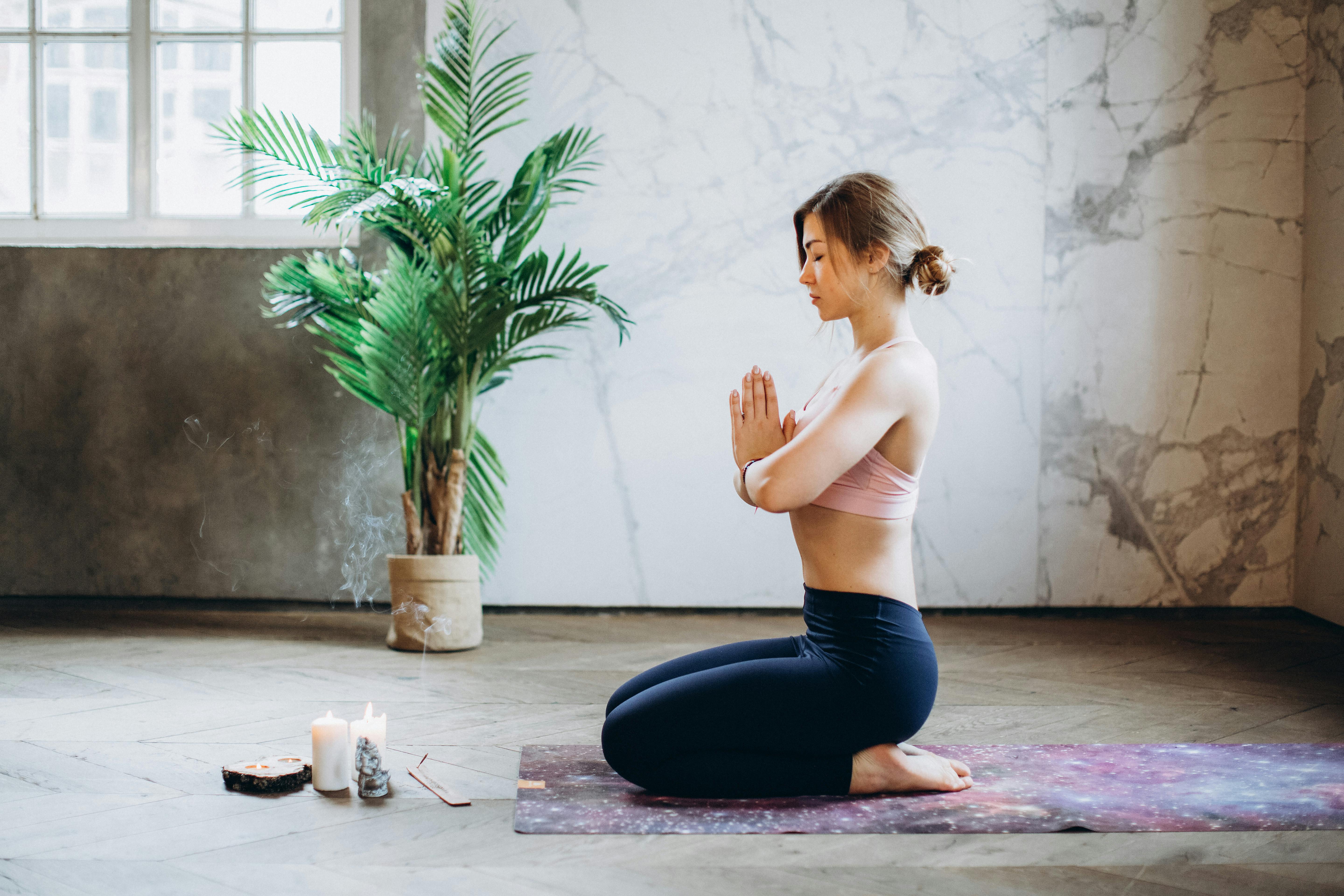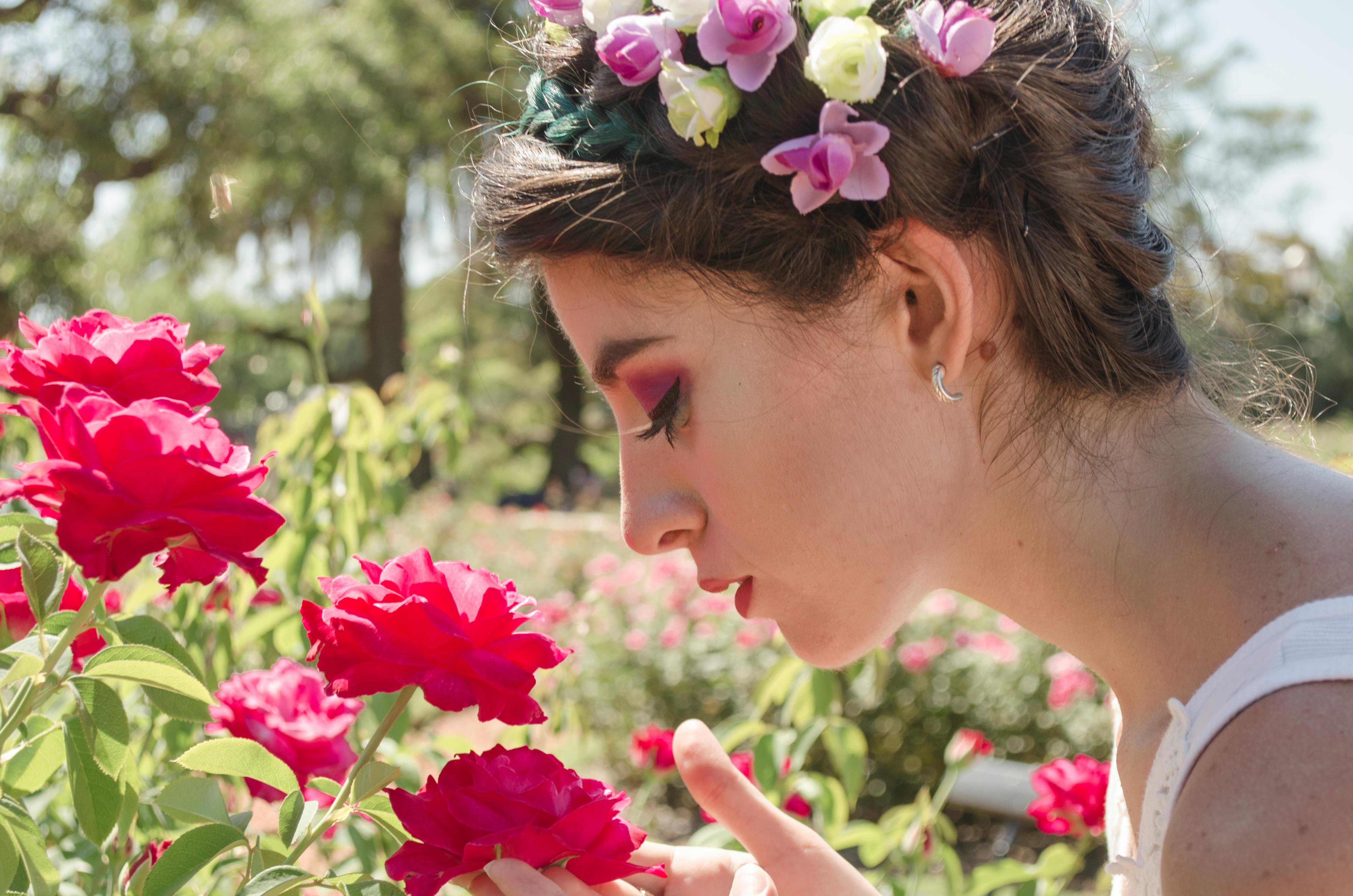Archery has recently seen a rise in prominence with the most recent London Olympics. According to NBC’s Olympic coverage, the sport was watched more than any other of the 2012 games. If you’ve recently been bitten by the archery bug, you might be interested in trying this incredible sport of a lifetime for yourself. In fact, you may have already gone out and bought gear, but aren’t quite sure how to use it. Learning proper technique is critical to progressing in the sport and preventing injury. While archery classes are the best way to learn about the sport, here are 12 steps to get you on target accurately with your new gear in no time.
1. Posture. Your stance is the foundation of your shot and must be strong and stable. You can use a closed stance, with both feet in line with the target. Or an open stance, in which the front foot is placed at about 45 degrees to open the hips and look slightly at the target. The stance you choose is a matter of preference, but most competitive-level athletes use an open stance.
2. Place the arrow. ‘Nocking’ means placing the arrow on the string. Most arrows will have an odd colored fletching or feather, which should be placed with your back to the bow.
3. Attach the rope. Using a reed or shooting glove, place your fingers on the string. Traditional archers will place one finger above the arrow and two fingers below the arrow, gripping it lightly.
4. Concentrate. Eliminate all distractions with a few deep meditative breaths. Try to relax the muscles in your head, neck, and shoulders, while keeping your lower body firmly planted.
5. Position the shoulder. When you’re ready, raise the bow high enough to allow your shoulder blade to fall back, then lower the bow to a rough shooting position. Note that you’re not pulling the arrow back hard, but simply adjusting your shoulder blade so your hand is close to your face.
6. Draw. With his shoulder in place, he pulls the rope just below his chin. Keep your drawing arm and hand as relaxed, but not so relaxed that you release the arrow.
7. Anchor. The most important part of the shot. It is vital that you anchor your drawing hand and bowstring at the same point on your face every time you shoot. This will ensure that your form is always consistent, so you can make adjustments to improve accuracy.
8. Charge. Allow the bow to rest on the bones of the bow arm and hand, keeping them relaxed. You should not grip the bow tightly. Expand your chest slightly and transfer the weight of the bowstring to your drawing-side core back muscles.
9. Objective. With complete focus, relax your entire body except for your back muscles. Let your face and eyes soften. Your sight will move a little, this is normal. When you are ready…
10. Release! Relax your drawing fingers and allow your core back muscles to pull your drawing hand and arm back as a natural result of the bowstring release. With the bow arm relaxed, the bow should fall forward.
11. Relax, analyze and prepare for the next shot. Regardless of what happened in the last take, try not to get too emotionally swayed by her in any way. If it was a good shot, just look at what you did right. If it was a bad shot, don’t get mad, just analyze what went wrong. Lastly, let it slip from your head and get ready for the next shot!


